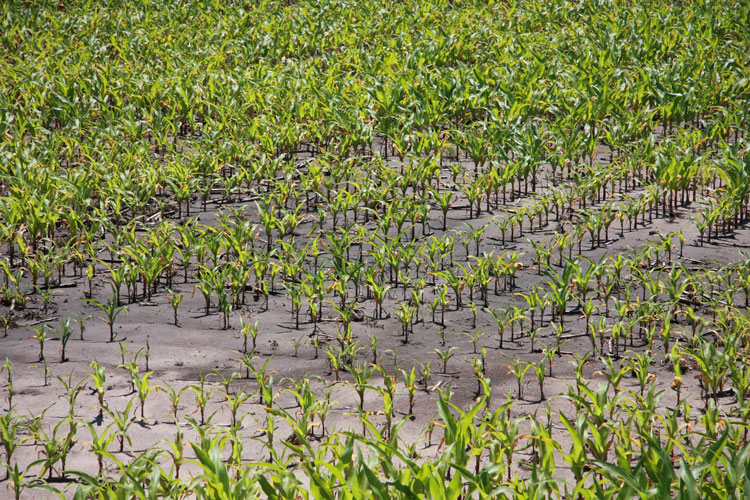
Across much of the Midwest, the hope for a perfect growing season has already been dashed as planters and forage harvesters sit idle in barn sheds as one of the wettest springs in recent memory imposes its will. Planting schedules are lagging far behind normal in the major corn production states according to the May 20 Crop Progress report from the National Agricultural Statistics Service (NASS). In the top 18 corn producing states, the average acres planted was 49 percent, well behind the five-year average of 80 percent completion by this date.
As we enter the last week of May, crunch time has arrived for spring activities as limited days in the field mean alfalfa and grass harvests as well as planting must occur simultaneously and be snuck in between storms.
“As the window for critical spring tasks continues to shrink, please remember, first and foremost, safety and patience,” advised Cornell’s Joe Lawrence in a recent Pro-Dairy e-Leader article.
With that in mind, also take this time to create your game plan.
“Capturing high-quality first cutting should take precedent over other spring activities. As the weather does permit harvest, leap frog the fields that are past their prime and harvest any mixed stands that are at their optimum stage,” Lawrence continued.
To that end, he suggested prioritizing forage harvest over corn planting. “Late-planted corn is not ideal but will generally perform okay and often does better than earlier corn planted into less than ideal conditions,” he said.
When and what to plant
In the Upper Midwest dairy states, corn planting decisions must be made. Wisconsin’s Corn Agronomy team reminded producers this week of four considerations that must be kept in mind as the spring planting date pushes farther back.
- Hybrid matures must be switched.
- The use of corn should be reconsidered (silage versus corn grain).
- The question of whether or not corn should even be grown at all and another crop be grown in its place.
- Utilization of corn as an “emergency forage” if planting a field is delayed until July.
For many dairies in these wet weather areas, some type of forage crop must be planted in order to salvage some feed value for the coming year. Ohio State’s Bill Weiss and Marc Sulc outlined some of these forage options in a recent C.O.R.N. Newsletter article.
“Corn silage is still the top choice for an annual forage in terms of overall greatest dry matter yield and nutritive value compared with the other summer annual options,” the pair explained. “Even if planted so late as to prevent grain formation, the feeding value of corn is at least equal to that of the other summer annual grasses, and forage yields are likely to be higher.”
We’re already one step behind on harvesting high-quality forages for the coming feeding year. While Mother Nature could still shine some sun on the situation, now is the time to strategize for working around the rainy weather.








